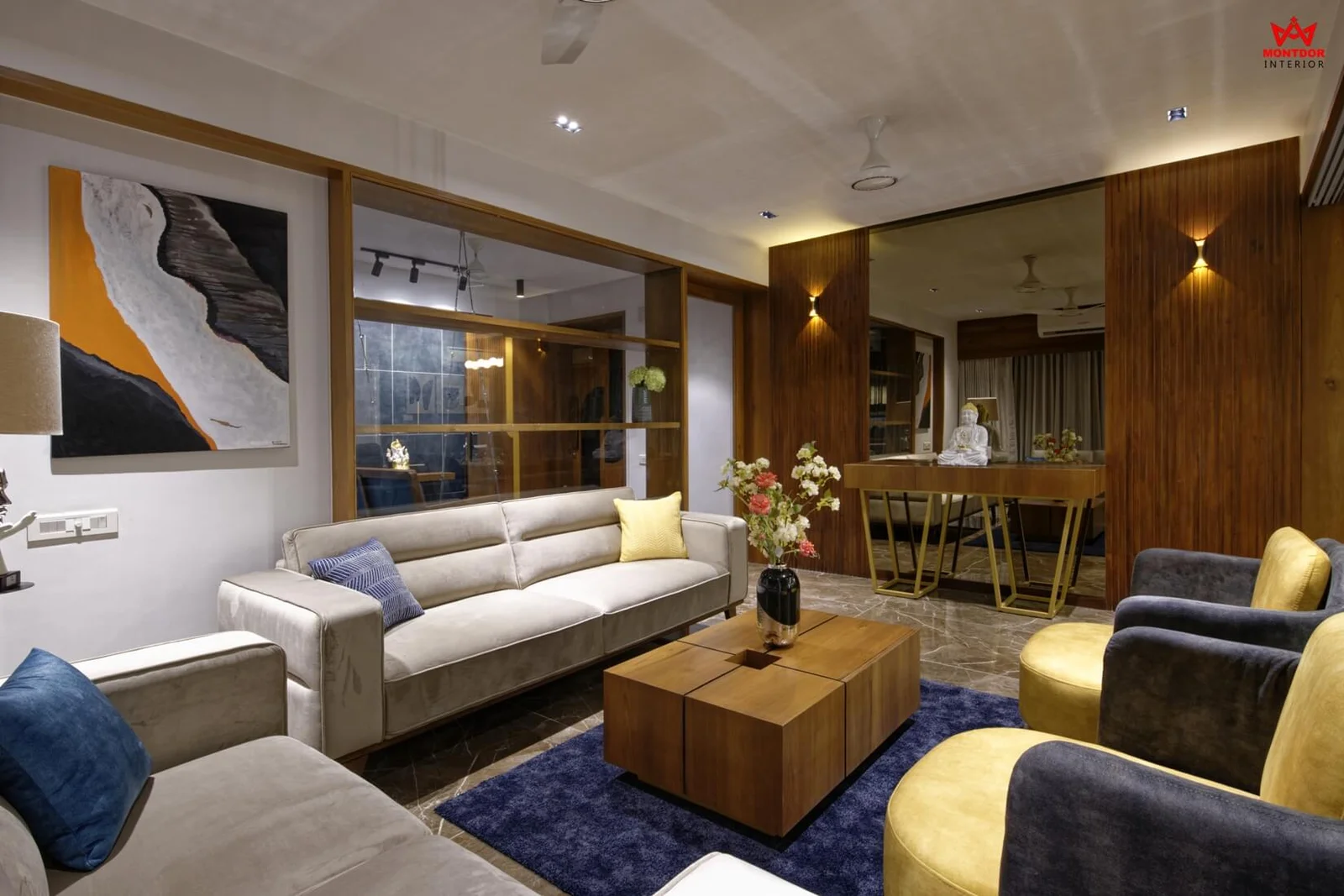Strong wood in Interior decor and furniture ventures typically alludes to treated or prepared wood. These are pieces of wood that have been cut into boards or portions of varying lengths and sizes. In spite of the fact that teak wood is most ordinarily utilized in Indian homes, there are numerous furniture-grade woods accessible, like mahogany, oak, maple, cedar, and more.
Veneer alludes to an extremely dainty shaving of genuine wood stuck to a compressed wood base. Natural, dyed, or engineered veneers can be used to create a particular pattern. The term ‘veneer’ may likewise allude to a paper veneer that permits the veneer to be folded over bent surfaces.
Pros of Solid Wood
- Prepared strong wood is very sturdy and, in the right climate, can keep going for a few many years. It is genuinely a great development material.
- Strong wood can be resurfaced and yet again finished many times over. This likewise adds to its ageless nature.
Cons of Solid Wood
- Solid wood tends to be quite heavy. The heaviness of strong wood is, much of the time, a restricting component when enormous furniture pieces should be shipped.
- Working in strong wood is tedious and takes particularly talented artisans.
- Strong wood, while perhaps not appropriately prepared, tends to grow or agree, and structure breaks.
- Different wood species have different hardness and resilience. So, frequently, unique joinery procedures are expected to keep things stable.
Pros of Veneer
- The top layer of a veneer, being a characteristic wood item, gives it a rich and regular feel. The majority of decorative veneers can be polished just like natural woods.
- Veneers are accessible in a great many types and get done and make outfitting the normal magnificence of wood more open.
- Normal wood veneers are a more eco-cordial choice even one single tree log could yield a huge number of sheets of veneer.
Cons of Veneer
- Beautifying veneers are sensitive and prone to imprinting and scratching. In this way, care is needed in choosing where to utilize them.
- Wood veneers are extremely sensitive to humidity and water. This can ruin the clean look or even harm the veneer for a long time. Subsequently, while utilizing a veneer, care should be taken to involve them in the right area and for the right application.
Also read: Types Of Storage for Efficient Home Interiors
Conclusion
Wood veneers are fitter to cover more extensive and longer surfaces, for example, closet shades or beautifying wall boards, and are normally stuck to compressed woods. Solid woods are more expensive per square foot than veneer and plywood, but they can be used to design interiors. Trust Montdor Interiors for your interior decor needs!

